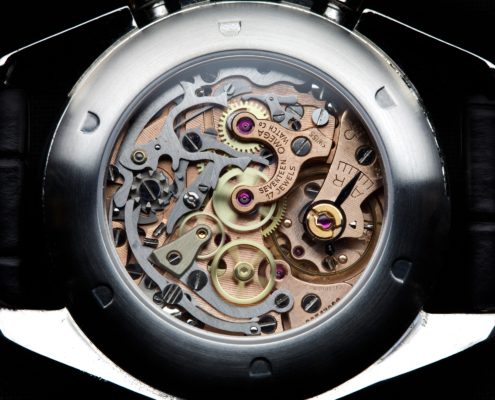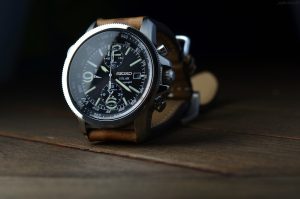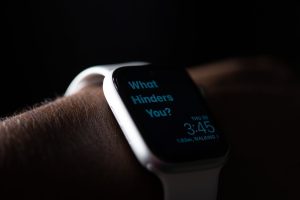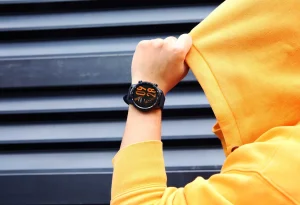Every automatic watch, like all mechanical timepieces, is powered by a tightly wound spring within the casing. The mainspring is the name given to this spring. In order for a mechanical watch to function, it must be wound. Winding is usually accomplished using the crown (a knob on the side of a watch case) or a winding key in certain situations.
What exactly is a mainspring?
The mainspring is a spring that has been tightly wound inside the watch and holds a specific amount of tension, comparable to that of a tape measure. This tension is gradually released through a sequence of gears, parts, and screws. As tension is reduced, energy is generated as a result of the release of tension and is transferred to other mechanical components. The gear train and escapement are what propel the watch and ensure that everything keeps moving. To allow for an uninterrupted stream of energy in the calibre (the mechanical movement), the mainspring must be kept firmly wound (i.e., tightly compressed).
In terms of everyday usage, automatic watches require less input from you. An automatic watch (also known as a self-winding watch) allows you to wear your mechanical watch without having to wind it each day. However, there are times when an automatic watch must be wound; this is a discussion for another time.
Manual winders, unlike automatic timepieces, do not self-wind and therefore need to be wound manually or with the use of a specific device in order for the watch to function. Just like a manual transmission that requires more hands-on operation.
Every watch was once a hand-wound timepiece, but over the years, watchmaking has developed. The invention of the rotor marked the debut of automatic watches, also known as self-winding watches. An automatic watch was formerly known as “perpétuel” (French for perpetual).
What’s the Difference Between an Automatic Watch and a Hand-Wound Watch?
A rotor is mounted to the movement of a self-winding (automatic) watch so that as you move your wrist, it spins and winds the timepiece back up by tightening the mainspring. A hand-wound watch does not include a rotor and therefore must be wound manually.

Self-Winding / Automatic Watches
Pros:
Many individuals buy automatic watches for the ease of mind that comes from not having to wind their timepieces before wearing them.
As a consequence of the above, the overall watch market offers a far greater variety of automatic timepieces than hand-wound timepieces.
Cons:
The rotor is weighted, therefore your watch will be heavier and thicker. This may be a disadvantage to some individuals while it is not for others.
For people who enjoy watching the movement of the gears through a transparent back, the rotor might be an obstruction since it obscures part of the action.

Hand Wound / Manual Wind Watches
Pros:
A hand-wound watch with a transparent case back is a big plus for those who are interested in the micro-mechanics of a mechanical watch since it allows you to see more of the mechanism.
The lack of a weighted rotor allows watchmakers to make the mechanical movement significantly thinner and lighter on the wrist.
Cons:
For those who don’t care about the inner workings of their manual watches and simply want to tell time, the everyday crown winding procedure might be a little tedious.
Frequently rotating the crown to wind the mainspring may cause the crown seal to wear prematurely (compared to automatic watches that primarily use the rotor).




